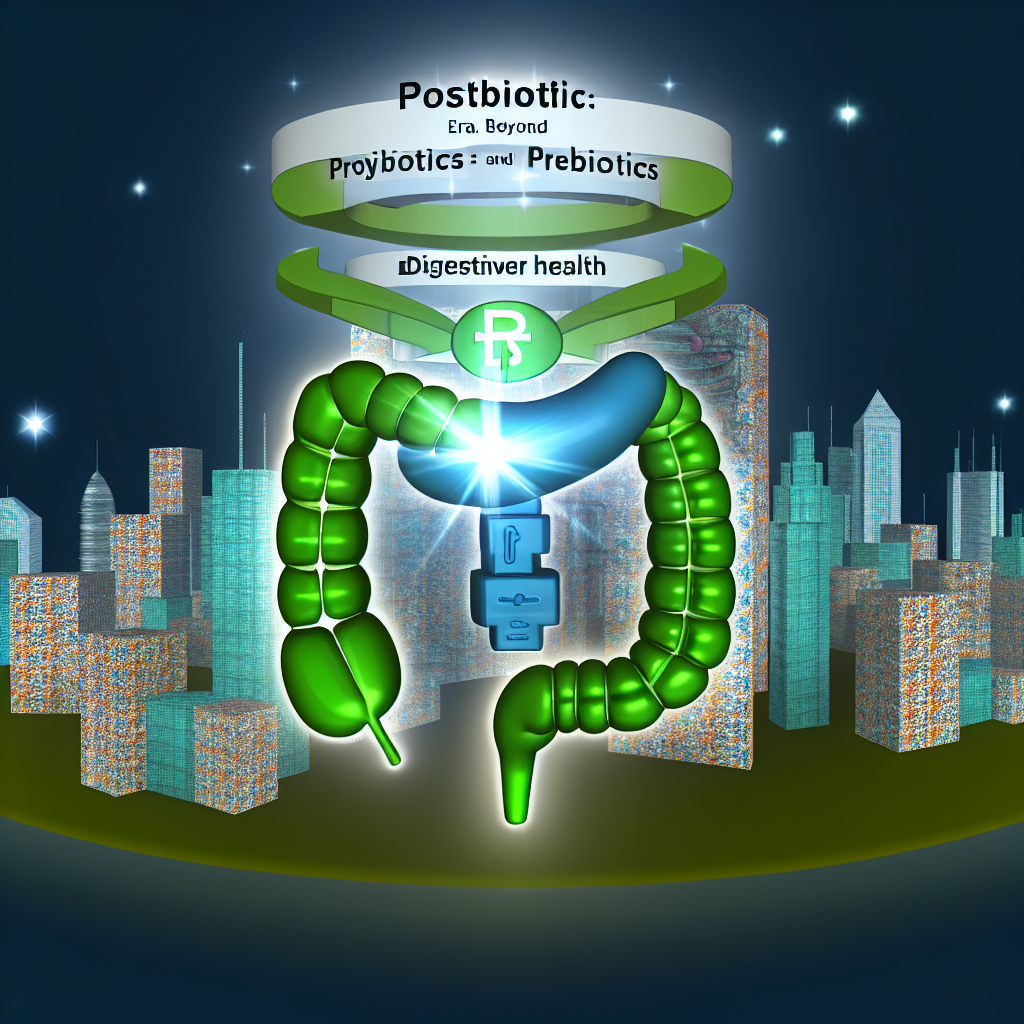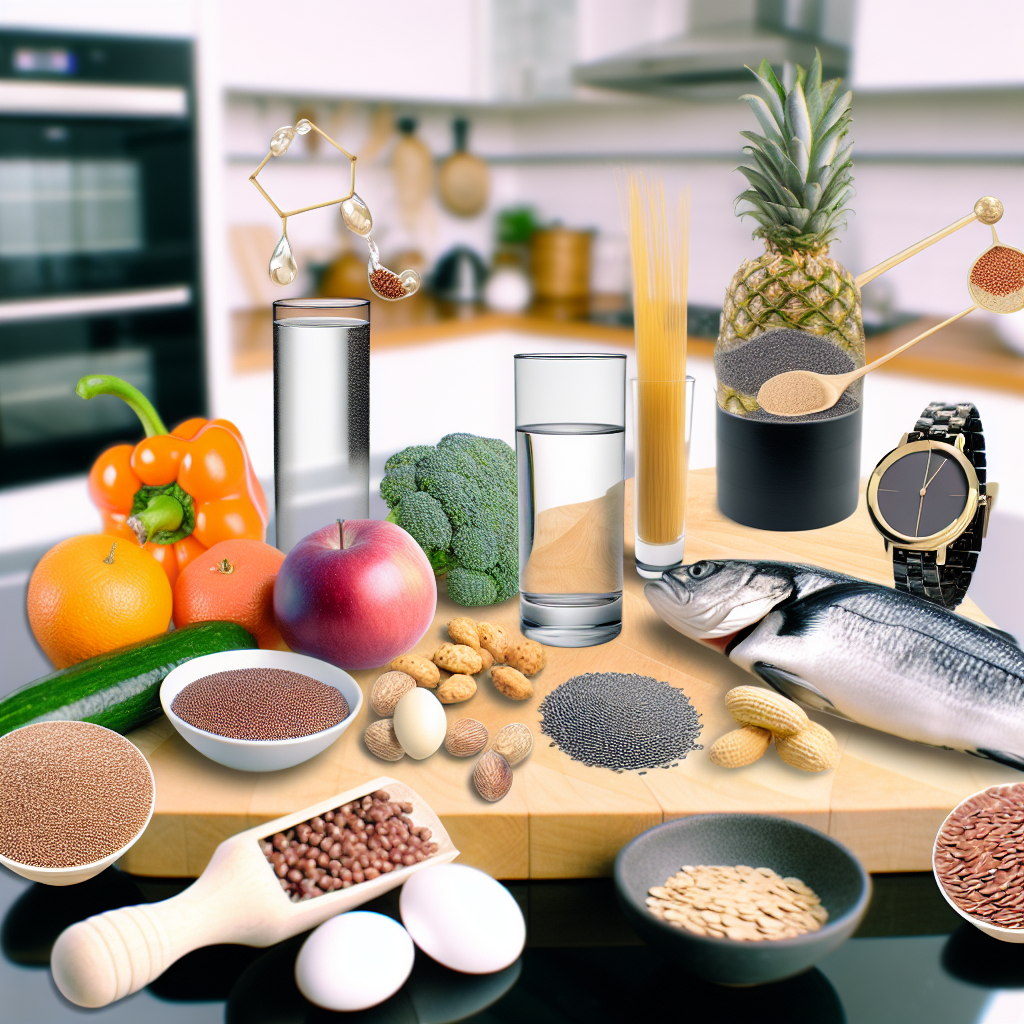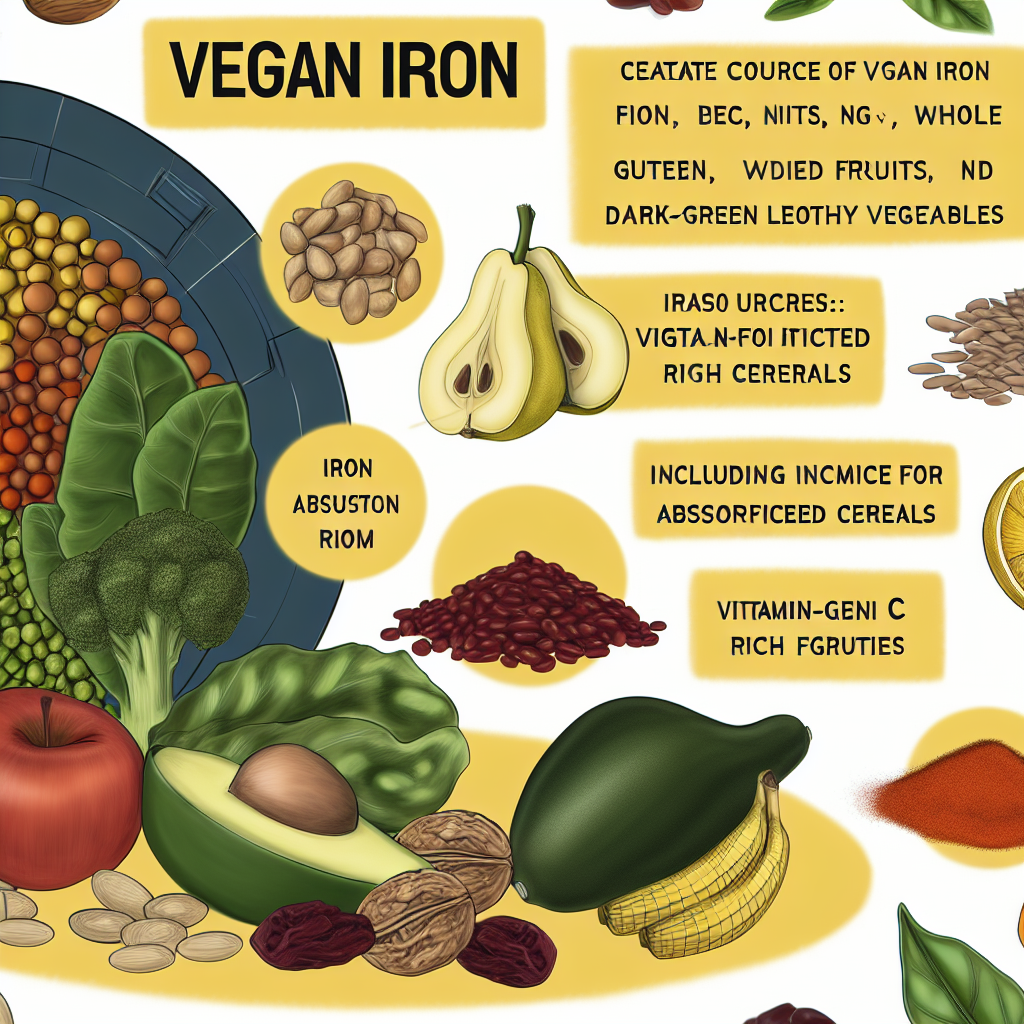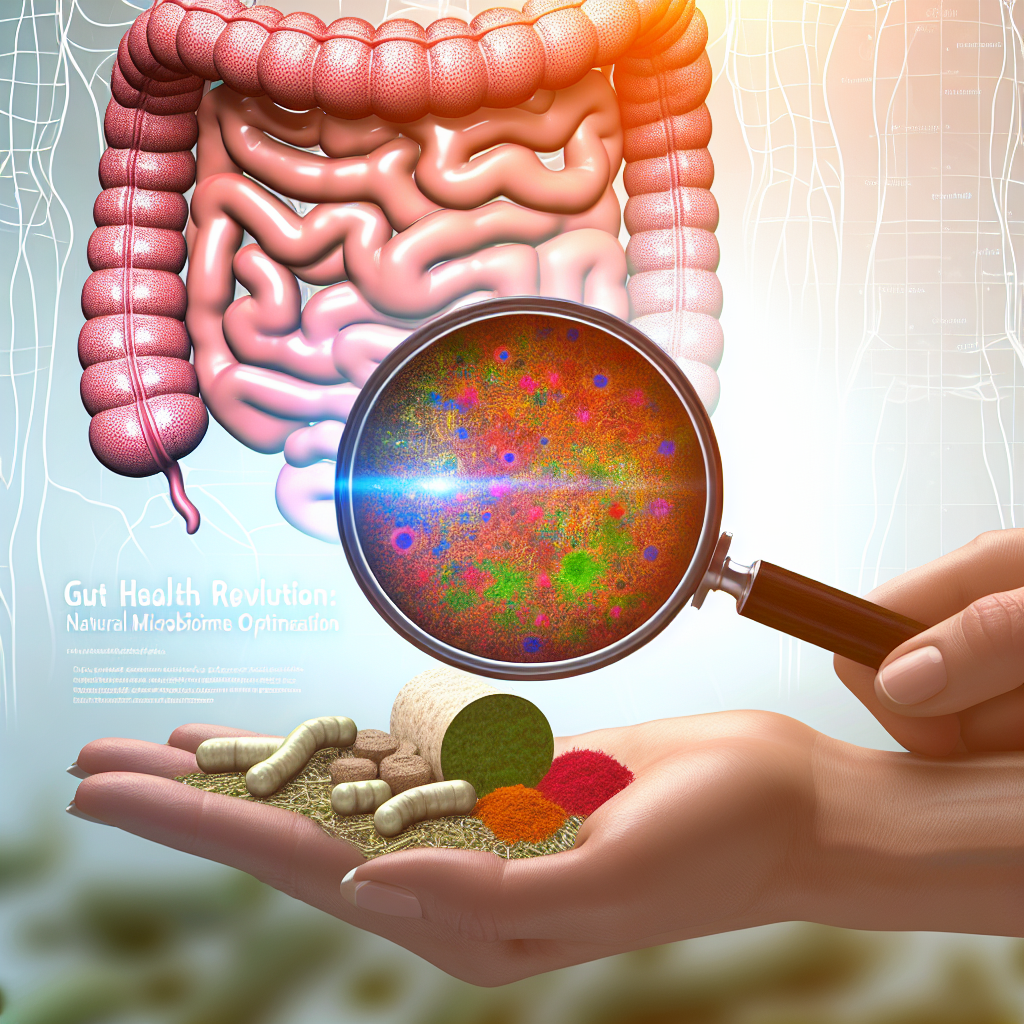Post-Workout Nutrition – Recovery Window Optimization
Introduction
In the pursuit of optimal health and athletic performance, post-workout nutrition is one of the most crucial pillars of effective recovery and muscle growth. Whether you are an elite athlete, a weekend warrior, or someone incorporating fitness into daily life, your post-exercise choices profoundly impact how your body repairs, recovers, and improves.
At the center of this recovery strategy lies the concept of the “anabolic window”—the 30 to 60 minutes following a workout when the body is most efficient at absorbing and using nutrients. Research-based and practitioner-endorsed, this framework is the backbone of recovery window optimization. Proper nutrient timing can accelerate muscle repair, reduce muscle soreness, stabilize blood sugar, and promote readiness for your next workout.
Historically, the emphasis has been on protein intake during this window. While consuming high-quality protein is still essential, more integrative approaches—including natural and homeopathic solutions—are gaining ground. Curcumin, ashwagandha, tart cherry juice, and magnesium-rich foods offer holistic support for inflammation reduction, immune system activation, hormone regulation, and sleep quality.
Additionally, electrolyte replacement with natural sources of magnesium, potassium, and sodium is now seen as equally vital to hydration. Homeopathic aids such as Arnica montana are being embraced for their natural pain relief and anti-inflammatory properties.
This growing trend toward sustainable, nature-based recovery strategies—affirmed by both modern science and traditional medicine—demonstrates an exciting opportunity to enrich your post-workout regimen in a more natural, comprehensive way. The following section explores studies and strategies that bring clarity to this optimized recovery approach.
Key Scientific Findings and Studies Supporting Post-Workout Nutrition
The foundation of modern sports nutrition is built on the critical process of muscle protein synthesis (MPS), which repairs and rebuilds muscle fibers after stress. A landmark study in the American Journal of Clinical Nutrition emphasized that immediate post-exercise protein intake (20–40g of high-quality protein like whey) greatly enhances MPS, while delayed intake minimizes these benefits.
Another study published by the International Society of Sports Nutrition (ISSN) recommends a protein-to-carbohydrate ratio of 3:1 or 4:1 in the first hour post-workout to optimize glycogen replenishment. This practice conserves muscle energy reserves, combats post-exercise fatigue, and ensures readiness for future performance.
Incorporating natural compounds adds a potent layer to this strategy:
– A 2010 study in the Journal of the International Society of Sports Nutrition found that runners who consumed tart cherry juice experienced reduced muscle soreness and lower strength losses, attributed to its rich supply of antioxidants and anti-inflammatory bioflavonoids.
– Ashwagandha supplementation has been shown to positively impact muscle strength and cortisol regulation. A clinical trial in the journal Phytomedicine highlighted its capacity to reduce post-exercise stress and improve recovery in individuals engaged in resistance training.
– The homeopathic remedy Arnica montana has seen resurgence in clinical recovery routines. It aids in healing soft tissue trauma and minimizing symptoms of delayed-onset muscle soreness (DOMS) effectively.
– On the mineral front, electrolyte restoration is vital post-exercise. A loss of sodium, potassium, and magnesium through sweat can cause cramping, dehydration, and reduced recovery. According to the Journal of Sports Science and Medicine, magnesium intake plays a crucial role in improving neuromuscular function. Incorporating foods like leafy greens, avocados, banana, and pumpkin seeds can naturally support electrolyte balance.
Collectively, these data points lead us to a multidimensional view of recovery where nutrient timing, macro- and micronutrient replenishment, and herbal solutions create a synergistic blueprint for peak performance.
Conclusion
The post-workout period—often dismissed as a time to simply rehydrate or grab a protein bar—is, in reality, a golden hour for optimal recovery, rejuvenation, and muscle gains. Whether your goal is enhanced performance, reduced soreness, or overall wellness, combining traditional macronutrient advice with natural remedies offers a comprehensive solution.
Simple additions like turmeric tea for inflammation, magnesium-infused Epsom salt baths, or an adaptogen-based tonic post-training can transform your recovery from a routine to a ritual. Nourishing your body with high-quality protein and cars, while replenishing minerals and leveraging herbal supports, creates a protocol that not only repairs but strengthens and aligns your body with natural balance.
In a world leaning toward sustainability and preventative care, your post-exercise recovery can be powerful and plant-powered—without compromising performance. By thoughtfully addressing this recovery window with both evidence-based and nature-powered strategies, you set the stage for lasting growth and vitality.
References
– American Journal of Clinical Nutrition – Protein timing and MPS
– International Society of Sports Nutrition – Nutrient Timing Position Stand
– Journal of the International Society of Sports Nutrition – Tart Cherry and Recovery
– Phytomedicine Journal – Strength gains and Ashwagandha
– Complementary Therapies in Clinical Practice – Arnica montana for DOMS
– Journal of Sports Science and Medicine – Magnesium and neuromuscular function
Summary
Optimizing post-workout recovery involves more than just a protein shake—it harnesses both scientific research and natural remedies. Nutrient timing within the 30–60 minute anabolic window enhances muscle protein synthesis, restores glycogen, and reduces inflammation. High-quality proteins, carbohydrates, and electrolytes should be included, while natural aids like turmeric, ashwagandha, tart cherry, and magnesium enhance recovery, muscle relaxation, and hormone balance. Aligning traditional sports nutrition with holistic practices such as Arnica and herbal adaptogens results in a smarter, sustainable recovery strategy—helping your body emerge stronger, more balanced, and prepared for the next challenge.

Dominic E. is a passionate filmmaker navigating the exciting intersection of art and science. By day, he delves into the complexities of the human body as a full-time medical writer, meticulously translating intricate medical concepts into accessible and engaging narratives. By night, he explores the boundless realm of cinematic storytelling, crafting narratives that evoke emotion and challenge perspectives.
Film Student and Full-time Medical Writer for ContentVendor.com




